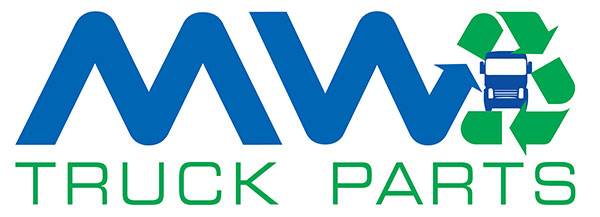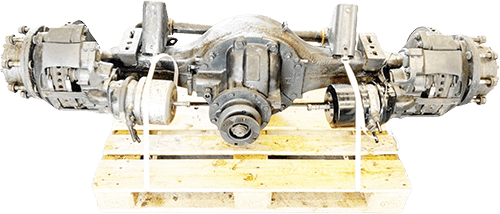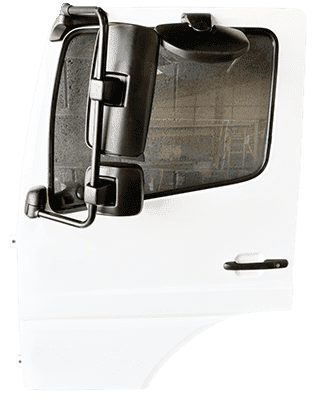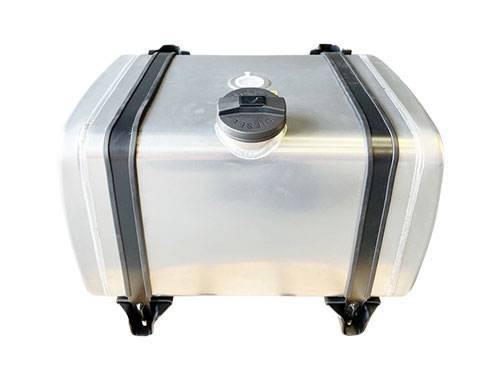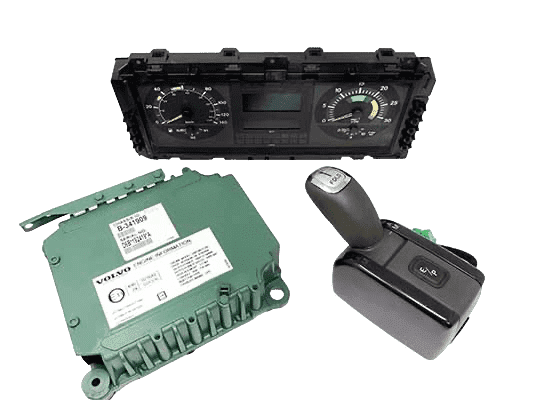Control valves direct hydraulic fluid flow and regulate pressure to ensure smooth, accurate operation of cylinders, motors, and other hydraulic components, such as wet kits for walking floors and tippers in commercial vehicles.
You can think of them as the unsung heroes of truck hydraulics, working behind the scenes to keep everything running like a well-oiled machine. Several common control valve designs handle various truck hydraulic applications:
- Directional Control Valves: These valves control the direction of hydraulic fluid flow with multiple ports and positions. Configurations range from simple on/off functionality to proportional control for incremental movement.
- Pressure Control Valves: These valves regulate system pressure, providing overpressure protection, pressure reduction, or pressure sequencing. Relief valves serve as safety devices, limiting maximum pressure to prevent component damage. Reducing valves maintains constant downstream pressure regardless of fluctuating upstream pressure. Sequence valves prioritise flow to critical functions before allowing fluid to secondary circuits.
- Flow Control Valves: Adjusting the hydraulic fluid flow rate affects the speed of actuators. Flow control valves throttle fluid passage to modulate actuator speeds for optimal equipment function. They come in pressure-compensated varieties to maintain consistent flow despite varying loads and non-compensated types that change flow relative to pressure fluctuations.
Valve Actuation Methods
Control valves might work behind the scenes but are also operator-dependent, with various controls depending on the vehicle type.
- Manual: Hand levers or pedals provide direct operator control over valve functions. Manual valves are simple and reliable but require constant user input.
- Mechanical: Cams, plungers, or other mechanical devices automatically actuate valves based on equipment position or motion. Mechanical valves offer autonomous operation without external power.
- Pneumatic: Compressed air switch valves, allowing remote pilot control from air-actuated switches or joysticks.
- Hydraulic: Fluid pressure pilots valve spools, enabling remote control like pneumatic types. Hydraulic actuation handles higher forces for heavy-duty applications.
- Solenoid: When energised, electromagnetic coils shift valve spools, providing electric control from switches, relays, or electronic control modules. Solenoid valves offer fast response and computer-controlled automation.
Sizing and Selection
Properly specified control valves ensure optimal performance and reliability. Consider these factors when sizing and selecting valves:
- Port Size and Flow Capacity: The valve flow capacity should match the hydraulic system’s flow rate for maximum pump output and actuator requirements.
- Pressure Rating: Valves should have pressure ratings that safely exceed maximum system pressure, including potential spikes.
- Configuration and Function: Valve configurations must deliver desired directional control, pressure regulation, or flow adjustment functionality.
- Environment and Fluid Compatibility: Valve materials should be cross-compatible with the type of hydraulic fluid used and any environmental factors, such as temperature extremes or exposure to contaminants.
Contact us anytime if you need help choosing the right control valves.






